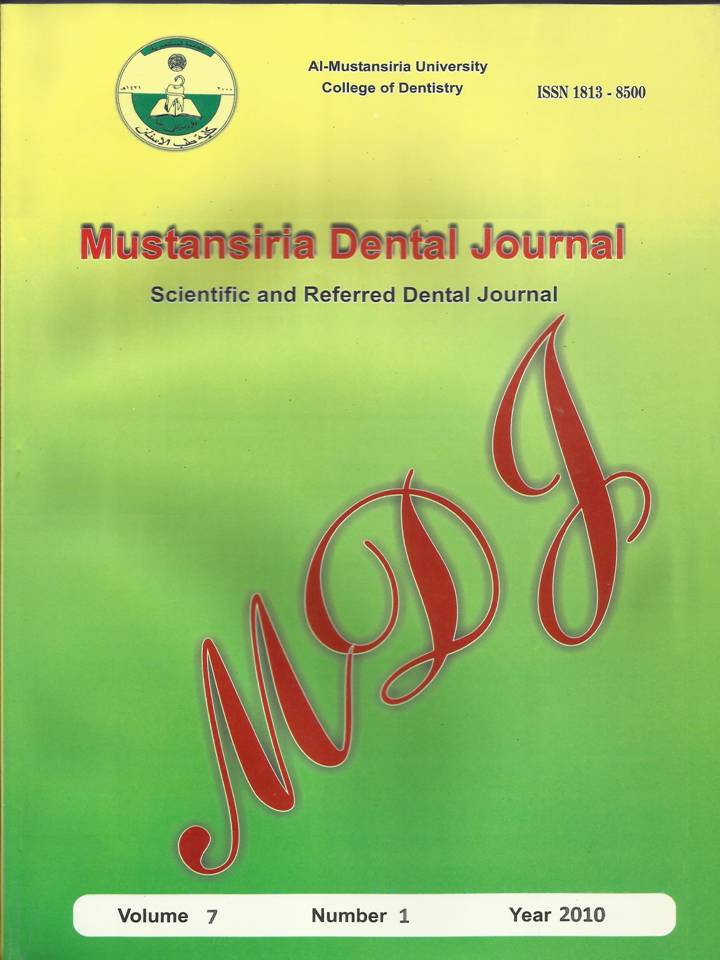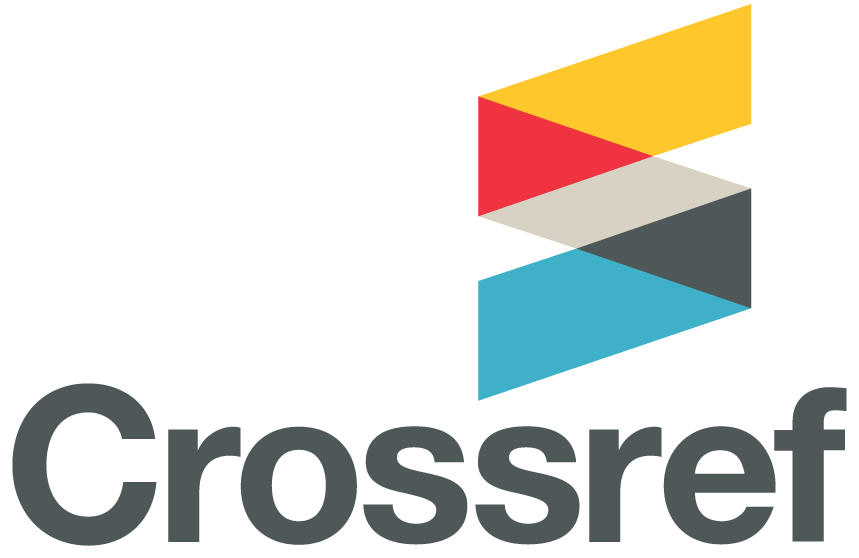The Effect of Pepsi Cola Beverage on Surface Roughness of Two Composite Resins (In Vitro study)
DOI:
https://doi.org/10.32828/mdj.v7i1.360Keywords:
Key words: Composan LCM, Composan Ceram, surface roughness, Pepsi Cola drinksAbstract
An acidic environment causes surface changes of resin composites. Filler particle
size and filler distribution also have a direct effect on these surface changes. This in
vitro study evaluated the influence of Pepsi Cola drink on the surface roughness of
Composan LCM and Composan Ceram over time. Sixteen disc shaped specimens
(10mm diameter, 2mm thickness) of each resin composite were fabricated, thereby
forming two groups (n= 8). Surface roughness (Ra) was analyzed after 24 hrs before
exposure to beverage. The specimens were submitted to a five minutes immersion in
Pepsi Cola three times daily interrupted by immersion in deionized distilled water (37
C˚). Surface roughness measurements were done at 10, 30, and 60 days intervals. Data
were submitted to paired t-test. There was a statistically highly significant (p <0.001)
increase in surface roughness values of the tested composites after 30 days and 60
days immersion in Cola drink. Composan LCM exhibited a significantly (p <0.05)
higher surface roughness values than Composan Ceram.
The surface roughness of the composite materials are significantly affected by
exposure to acidic drink over time, highly filled micro hybrid composites with small
filler particle size are significantly more resistant to acid erosion.
Downloads
Published
Issue
Section
License
The Journal of Mustansiria Dental Journal is an open-access journal that all contents are free of charge. Articles of this journal are licensed under the terms of the Creative Commons Attribution International Public License CC-BY 4.0 (https://creativecommons.org/licenses/by/4.0/legalcode) that licensees are unrestrictly allowed to search, download, share, distribute, print, or link to the full texts of the articles, crawl them for indexing and reproduce any medium of the articles provided that they give the author(s) proper credits (citation). The journal allows the author(s) to retain the copyright of their published article.
Creative Commons-Attribution (BY)









